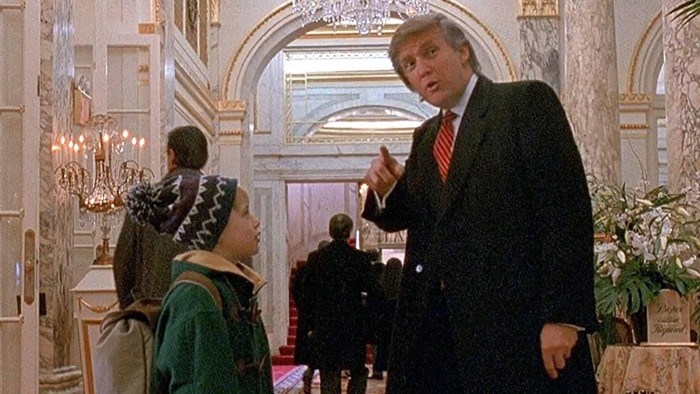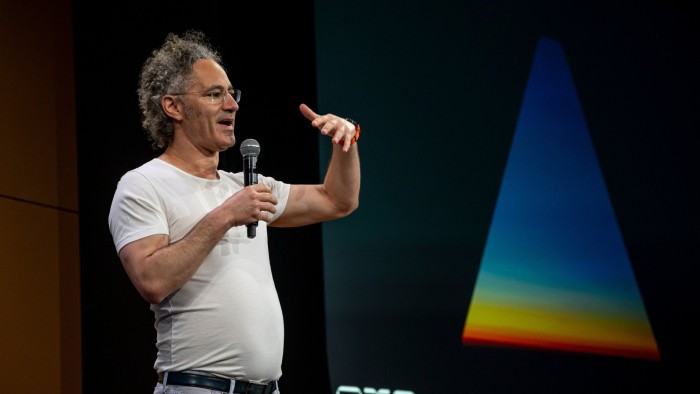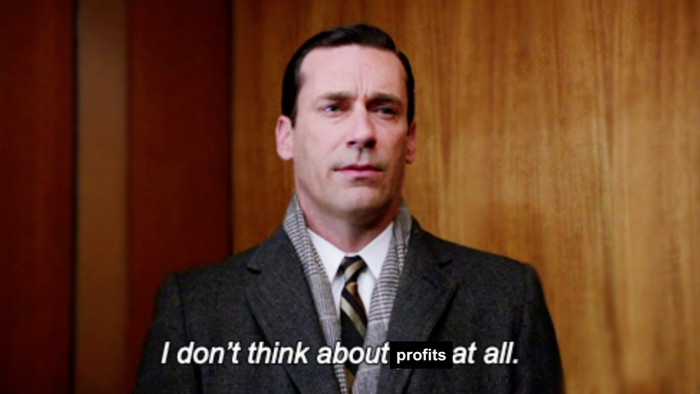There was much excitement (in rarefied circles) when prime minister Sir Keir Starmer — no less — announced he would “unlock billions of investment” by making it easier for companies to access so-called trapped surpluses in defined benefit pension schemes.
The stakes look high. The Government estimates around three quarters of the UK’s 4,974 corporate DB schemes currently have assets in excess of pensions owed — to the tune of £160bn — but the rules make it difficult for trustees and businesses to make use of these overshoots.
Details of exactly how surpluses may be used under policymakers’ plans will be published this spring (read: any time between next week and July).
But a number of pension prognosticators have already predicted that whatever the details, the move will have little impact.
This is partly owing to institutional trauma following years of paying to plug pension deficits — which were only reversed two or three years ago, after a rapid rise in bond yields dramatically improved scheme funding levels.
It’s also because trustees have and will continue to have “an overarching fiduciary duty to act in the best interests of their members,” according to the Government press release, which adds:
When considering surplus extraction, trustees must fund the scheme and invest its assets in a way that leads to members receiving their full benefits.
Some trustees told the FT it would be difficult to argue that releasing pension scheme surplus back to employers (even if pension payments were increased too) is in the interests of the scheme members.
But a dive into the case law suggests the Government’s explanation may be too much of a simplification — one that repeats a common misunderstanding of the nature of trustee duties.
Philip Goss, partner at Linklaters, says a trustee’s true fiduciary duty is best described as exercising their powers “for the proper purpose for which they were given” — not simply to act in the best interests of members.
The “best interests of members” idea comes from a case in 1984 where the union-appointed trustees of the Mineworkers’ Pension Scheme tried (unsuccessfully) to stop the scheme from investing in energies that competed with coal.
The judge told them that:
The starting point is the duty of trustees to exercise their powers in the best interests of the present and future beneficiaries of the trust, holding the scales impartially between different classes of beneficiaries. This duty of the trustees towards their beneficiaries is paramount. They must, of course, obey the law; but subject to that, they must put the interests of their beneficiaries first. When the purpose of the trust is to provide financial benefits for the beneficiaries, as is usually the case, the best interests of the beneficiaries are normally their best financial interests. In the case of a power of investment, as in the present case, the power must be exercised so as to yield the best return for the beneficiaries, judged in relation to the risks of the investments in question; and the prospects of the yield of income and capital appreciation both have to be considered in judging the return from the investment.
This may look like a statement that the trustees should use their powers in the best interests of members, but, according to Goss, that is “almost certainly” not what the judge meant.
That’s because in schemes where the employer covers the difference between the total cost of providing the promised pension benefits and the contributions made by employees (such as the mineworkers’ scheme) the person who gains the most from higher yielding investments is actually the employer. In other words, they’re beneficiaries too.
Other cases reinforce that the “best interests of members” idea is too simple a statement of trustees’ duties.
The case of Alexander Forbes v Halliwell (2003) concerned the distribution of a surplus when a scheme was wound up. The court made it clear that trustees could properly pay part of the surplus to the employer even though they could have used the whole amount for the benefit of members.
The judge held that:
In exercising its discretion over surplus the trustees were not bound solely to consider the interests of the members, but were entitled and indeed bound to consider the interests of the employers as well: indeed, if its obligation were solely to consider the interests of the members it was difficult to see how any surplus could have been allowed to be returned to the employers at all.
In the case of the Merchant Navy Ratings Pension Fund in 2015, it was argued on behalf of members that the trustee should have acted with a single-minded view to the best interests of the members.
After hearing lengthy arguments and considering the relevant case law in detail, the judge (Mrs Justice Asplin, who is now in the Court of Appeal) rejected arguments that the interests of the employer could only be taken into account in limited circumstances and that the “best interests” duty is a paramount, standalone duty.
She confirmed the importance of “proper purpose” and referred to an article by the late Lord Nicholls of Birkenhead, which said “it is necessary to decide first what is the purpose of the trust and what benefits were intended to be received by the beneficiaries”.
“The judge recognised that a freestanding ‘best interests’ duty, which only considered the interests of members, would lead to absurd results — for example in a scheme where the trustees had unilateral powers to augment benefits,” says Dawn Heath, partner at Freshfields.
To make matters more complicated, the scope of trustees’ powers and (in legalese) “the proper purpose of those powers” will vary depending on the particular scheme’s rules and the way in which different, often complex, provisions of those rules interact.
This could make a new freestanding surplus power, if that is what the Government proposes, “helpful,” Heath adds.
This may not matter much. It could be that making surplus extraction easier has little economic impact, because the true value of a surplus is only known when the last pension is paid or a scheme sells its assets and pension obligations to an insurer. Plus, the data showing surpluses may be subject to revisions — as we were reminded of last year, when the Pension Protection Fund, the UK’s pensions lifeboat, wiped £283bn off its defined-benefit funding estimates.
But trustees may not be able to use their fiduciary duty as an excuse to prevent companies from accessing their share.
A spokesperson from the Department of Work and Pensions said:
We recognise the critical role pension scheme trustees play in safeguarding members’ benefits, and the existing extensive case law surrounding trustee duties.
https://tx88.com/ is committed to providing a safe and responsible gambling environment, with 24/7 customer support to assist you with any queries.

















